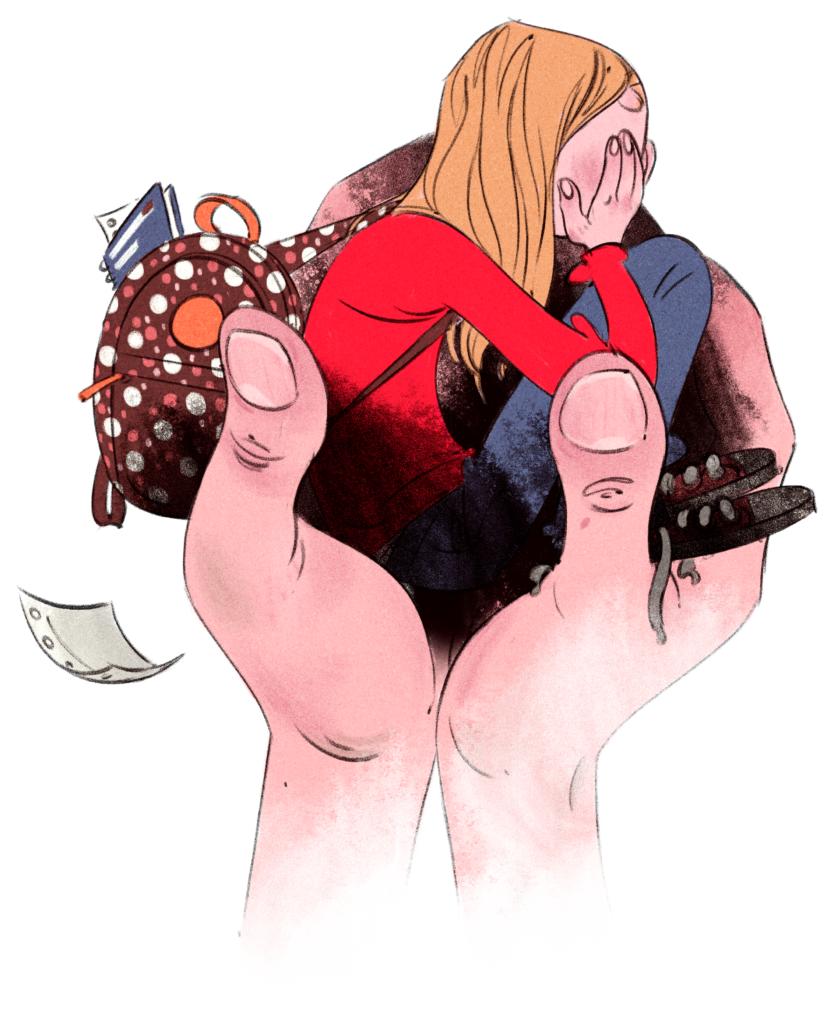Handelig harmfull sexual behaviour
When children and young people display sexual behaviour capable of hurting others or themselves, the adults have a duty to react and provide help and protection.

Certain children and young people are more vulnerable to developing – or falling victim to – this unacceptable behaviour. Examples are children with different handicaps, or who have been victims of violence, assault or negligence, children from low socio-economic backgrounds or with stunted development or socialisation.
An early effort is imperative to prevent injury and provide help to vulnerable children struggling with problematic and harmful sexual behaviour. Such complex situations require a coordinated effort across professional groups. A well-established interagency relationship – with clear goals and defined roles – increases the chance of children getting the professional and social assistance they need – when they need it.
How to deal with harmfull sexual behaviour
1. Put an end to the behaviour
Harmful sexual behaviour is harmful both to the child it is inflicted on and the child displaying it, and requires immediate attention and reaction from adults.
2. Caring for the children and young people involved
How to care for the victim
How to care for the inflicting party
How to care for parents and caregivers

3. Hold Consultations (Norwegian: Samråd) to keep order in a beginning- or urgent phase and secure later interagency cooperation
More information for parents and caregivers.
4. Make a safety plan
